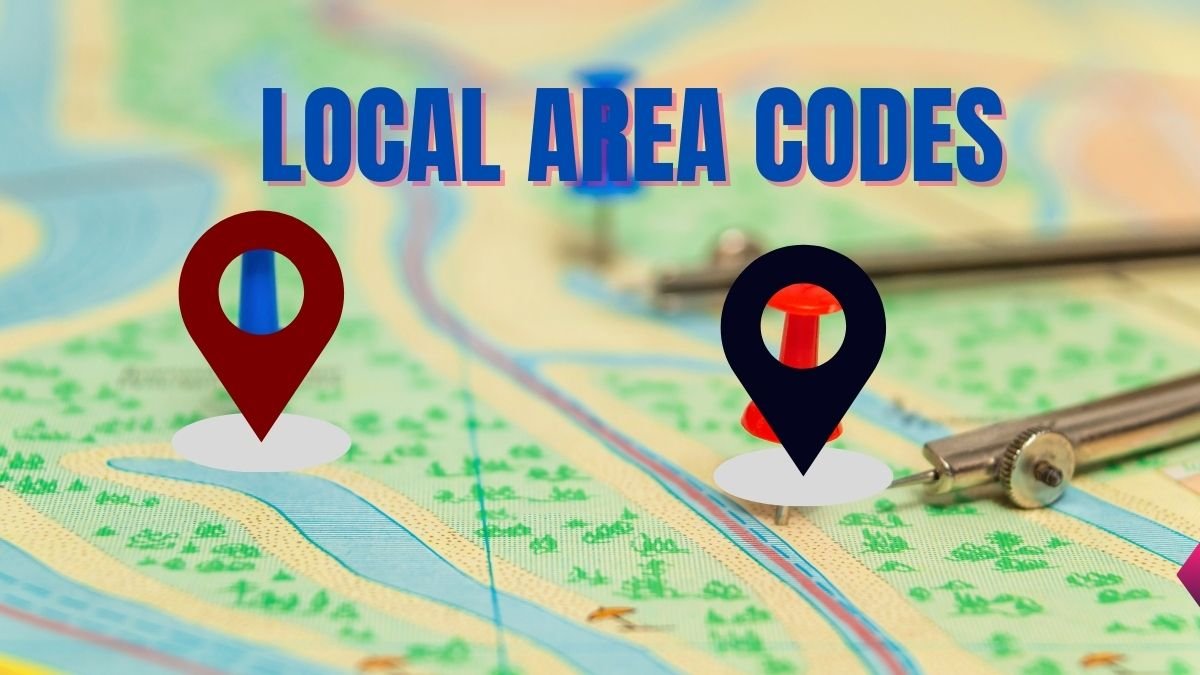In the digital age, where addresses are punched into GPS systems and parcels are tracked with precision, the humble PIN code often goes unnoticed, yet it remains an integral part of our everyday lives. PIN, short for Postal Index Number, is a numeric code that helps in efficient mail delivery and area identification. Let’s delve deeper into the world of PIN codes and unveil their significance.
Find Local Area Codes:
| PIN CODE : | 791123 |
| OFFICE NAME : | Banderdewa S.O |
| OFFICE STATUS: | Sub Post Office |
| TELEPHONE NO. : | |
| POSTAL CIRCLE : | NORTH EASTERN |
| POSTAL REGION : | SHILLONG HQ |
| POSTAL DIVISION : | ARUNACHAL PRADESH |
| STATE : | ARUNACHAL PRADESH |
| DISTRICT : | PAPUM PARE |
| TALUK : | BANDERDEWA |
Introduction:
The world of telecommunications, area codes play a vital role in connecting us with others. Whether we’re dialing a friend or calling a business, understanding local area codes is essential for effective communication. In this blog post, we’ll explore the history, structure, and implications of area codes, as well as their practical applications and consumer awareness. Let’s delve into the world of area codes and discover their secrets together!
Full Form of PIN Code:
Postal Index Number Code
Pin Code vs Zip Code:
In the realm of postal systems worldwide, two terms often arise: PIN code and ZIP code. While they serve similar purposes, they belong to different countries and have distinct structures. Let’s explore the differences between PIN codes and ZIP codes to gain a better understanding of their roles in mail delivery.
PIN Code (Postal Index Number):
- Country: Primarily used in India, the PIN code, or Postal Index Number, is a six-digit code.
- Structure: The PIN code consists of six digits, representing various geographic regions, sub-regions, sorting districts, and specific locations.
- Usage: PIN codes are crucial for efficient mail sorting and delivery within India, ensuring that letters and packages reach their intended recipients accurately and promptly.
ZIP Code (Zone Improvement Plan):
- Country: Used predominantly in the United States, the ZIP code, or Zone Improvement Plan, can have five or nine digits.
- Structure: ZIP codes can have either five digits, representing a specific area, or nine digits (ZIP+4), offering more precise location information.
- Usage: ZIP codes are essential for sorting and delivering mail within the United States, aiding in the efficient routing of letters and packages to their destinations.
Sorting District:
2-digit postcode areas in India (defined through the first two PIN digits)
The third digit of a PIN, combined with the first two digits, represents a specific geographical region (except in the case of the functional zone for the Army) called a sorting district that is headquartered at the main post office of the largest city in the region and is known as the sorting office. A state may have one or more sorting districts depending on the volume of mail handled.
Service Route:
The fourth digit represents the route on which a delivery office is located in the sorting district. This is “0” for offices in the core area of the sorting district.
Delivery office:
A post box with its PIN marked on it
The last two digits represent the delivery office within the sorting district starting from “01” which would be the General Post Office (GPO) or head office (HO). The numbering of the delivery office is done chronologically with higher numbers assigned to newer delivery offices. If the volume of mail handled at a delivery office is too large, a new delivery office is created and the next available PIN is assigned. Thus, two delivery offices situated next to each other will only have the first four digits in common.
Delivery System:
Each PIN is mapped to exactly one delivery post office which receives all the mail to be delivered to one or lower offices within its jurisdiction, all of which share the same code. The delivery office can either be a General Post Office (GPO), a head office (HO), or a sub-office (SO) which are usually located in urban areas. The post from the delivery office is sorted and routed to other delivery offices for a different PIN or to one of the relevant sub-offices or branch offices for the same PIN. Branch offices (BOs) are located in rural areas and have limited postal services.
Understanding the PIN Code:
The PIN code, introduced on August 15, 1972, is a numerical code assigned to specific geographical regions in India. It serves as a vital component in postal addresses, aiding in the accurate sorting and delivery of mail. Comprising six digits, the PIN code helps streamline the extensive postal network across the country.
Structure of PIN Code: Each digit in the PIN code carries specific significance, contributing to the hierarchical structure of the code. Let’s break down the structure:
Zone: The first digit of the PIN code represents the region or zone of the postal circle. India is divided into nine postal zones, each denoted by a unique numerical range.
Sub-Zone: The second digit narrows down the area to the sub-zone level within the respective zone.
Sorting District: Digits three and four collectively identify the sorting district. These districts serve as the primary units for mail sorting and distribution.
Post Office: The final two digits designate the specific post office or delivery area within the sorting district.
Significance of PIN Code: The PIN code system plays a pivotal role in enhancing the efficiency of India’s postal services. By providing a standardized format for addressing, it minimizes errors in mail sorting and expedites the delivery process. Additionally, PIN codes enable postal authorities to track and route parcels accurately, ensuring timely delivery to every corner of the nation.
Best and Famous 37 Tourist Places List in India
| Zone | States | |||
| North | Jammu & KashmirHimachal Pradesh | HaryanaChandigarh | DelhiRajasthan | Punjab |
| Central | Uttar Pradesh | Madhya Pradesh | Chhattisgarh | Uttarakhand |
| East | BiharSikkim | Odisha | Jharkhand | West Bengal |
| West | GujaratGoa | Daman Diu | Maharashtra | Dadra Nagar Haveli |
| South | KarnatakaTamil Nadu | KeralaPuducherry | Andhra PradeshAndaman Nicobar | TelanganaLakshadweep |
| Northeast | ManipurMeghalaya | MizoramAssam | TripuraArunachal Pradesh | Nagaland |
| Southeastern | Ladakh | |||
Conclusion:
In an era dominated by digital communication and instant messaging, the humble PIN code remains a fundamental component of our physical mail infrastructure. By understanding its significance and intricacies, we can appreciate the efficiency and reliability it brings to our daily lives, ensuring that letters, parcels, and packages reach their intended destinations with precision and speed.
Contact Us:
Prime Technolab:
Professional eCommerce Budget-Friendly, Freelance Website Designer Introduction to Professional eCommerce Website Design In today’s digital age, having a professional visually appealing – Website Design and Development, Graphic Design and Creative Work, Social Media Optimization, SEO Services, Digital Marketing. Please Share Your Requirements Email- info@primetechnolab.com

